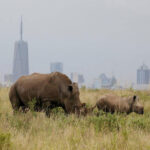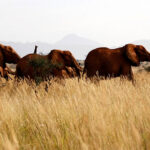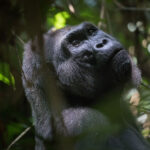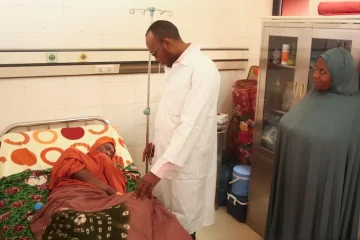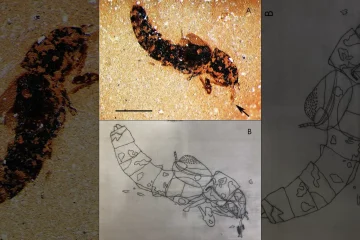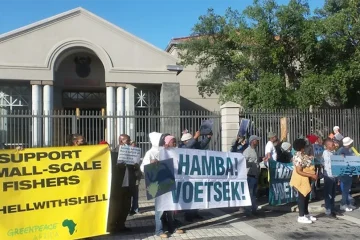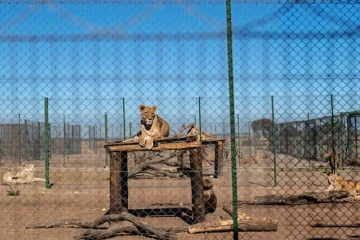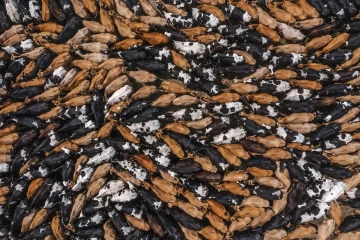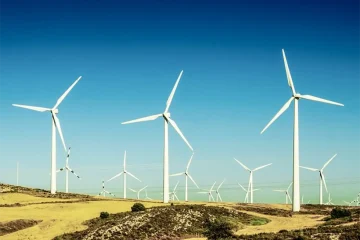MICHAEL TAYLOR
“IRON MAN” star Robert Downey Jr. has backed a new project that will use DNA technology to map information on fish and other wildlife living in and around rivers, lakes and wetlands to advance conservation and attract more money for such efforts.
The eBioAtlas, launched on Thursday by the International Union for Conservation of Nature (IUCN) and UK-based company NatureMetrics, aims to unlock private investment and guide government policy on biodiversity.
“We are at a point … where we understand the urgency of addressing biodiversity loss,” NatureMetrics founder Kat Bruce told the Thomson Reuters Foundation.
“It is really being talked about on a par with climate change, and we’re looking at integrating it into the global economic models,” the scientist added.
Better conservation and sustainable management of natural areas, such as parks, oceans, forests and wildernesses, are increasingly seen as a vital tool for nations to safeguard ecosystems and meet targets to reduce planet-heating emissions.
A U.N. biodiversity summit planned for China in October is tasked with agreeing on a new global treaty to protect the planet’s plants, animals and habitats.
Global annual spending to protect and restore nature on land needs to triple this decade to about $350 billion, a U.N. report said in May, urging a shift in mindset among financiers, businesses and governments.
NatureMetrics, a DNA-based monitoring service, is providing its know-how at cost-price for the eBioAtlas project – the first time the technology has been used on this scale.
With easy-to-use sampling kits, water is pumped through filters and results recorded on a mobile phone app.
Environmental DNA traces are then sent for sequencing at NatureMetrics’ lab to identify species in the freshwater bodies.
“Your lakes and rivers become this sort of soup of genetic material of the fingerprints of wildlife that is around,” Bruce said by phone.
Companies and governments can use the data to monitor their conservation efforts, while it could help financiers work out whether loans and investments take biodiversity into account, she said.
The first three years will see 30,000 freshwater samples collected from dozens of critical conservation areas, such as the Amazon, the Ganges, the Mekong Delta and the Niger Delta, at an expected cost of about 10 million pounds ($14 million).
IUCN and conservation groups will work with local organisations and citizen scientists to conduct the sampling.
The first river basin project in Africa, in Tanzania’s Malagarasi wetlands, will be funded by Hollywood actor Downey Jr.’s FootPrint Coalition, which invests in technologies to tackle environmental problems like deforestation and micro-plastics.
The data collected will be made available free for research and conservation, with some accessible to the public via a website, Bruce said.
Revenue from selling eBioAtlas information to businesses for commercial purposes will fund sampling efforts, she added.
“(Companies) can start telling the stories about the species living in these areas that are being protected,” she said.


